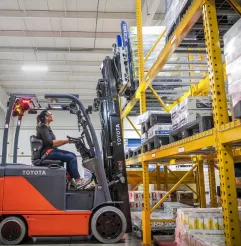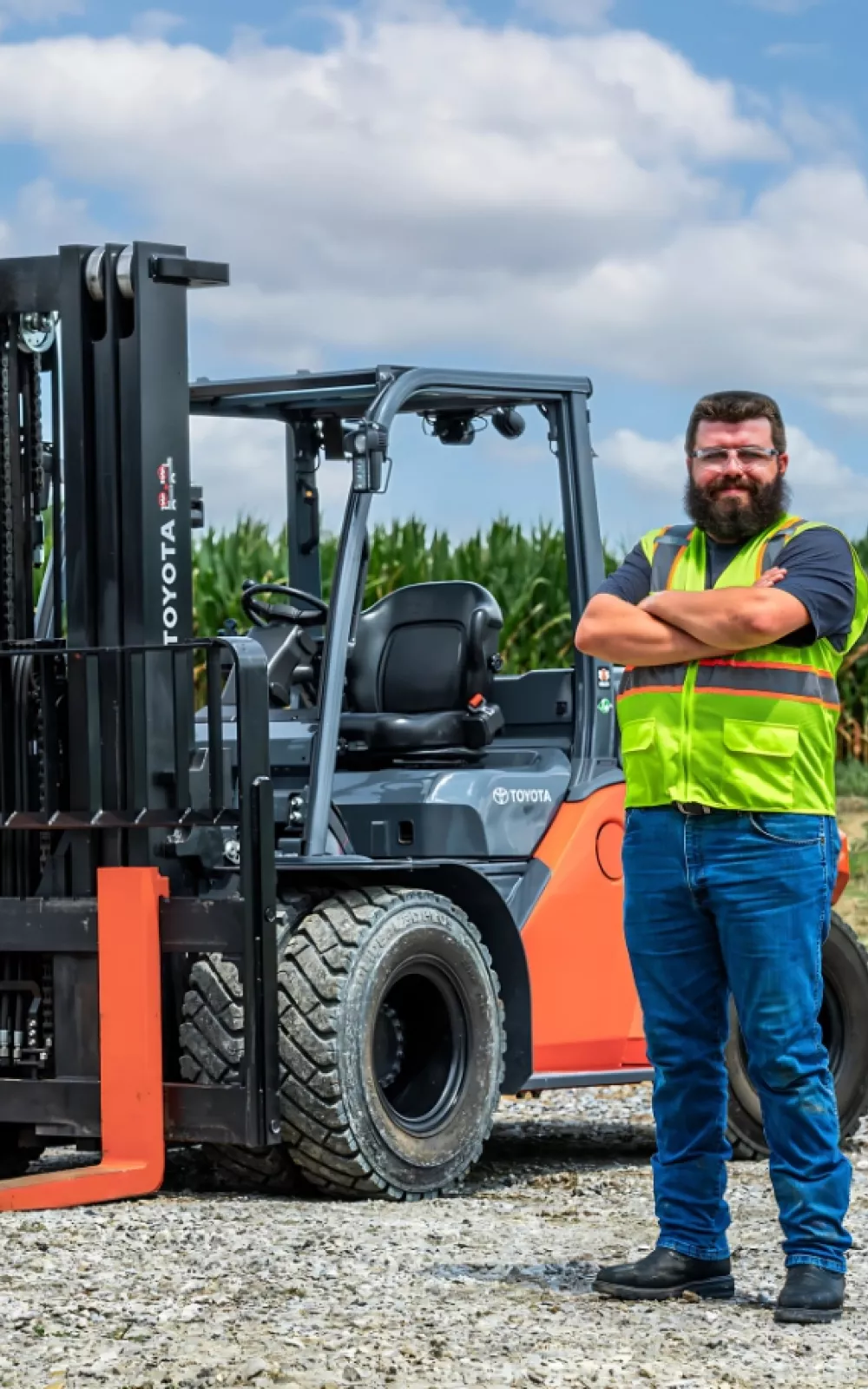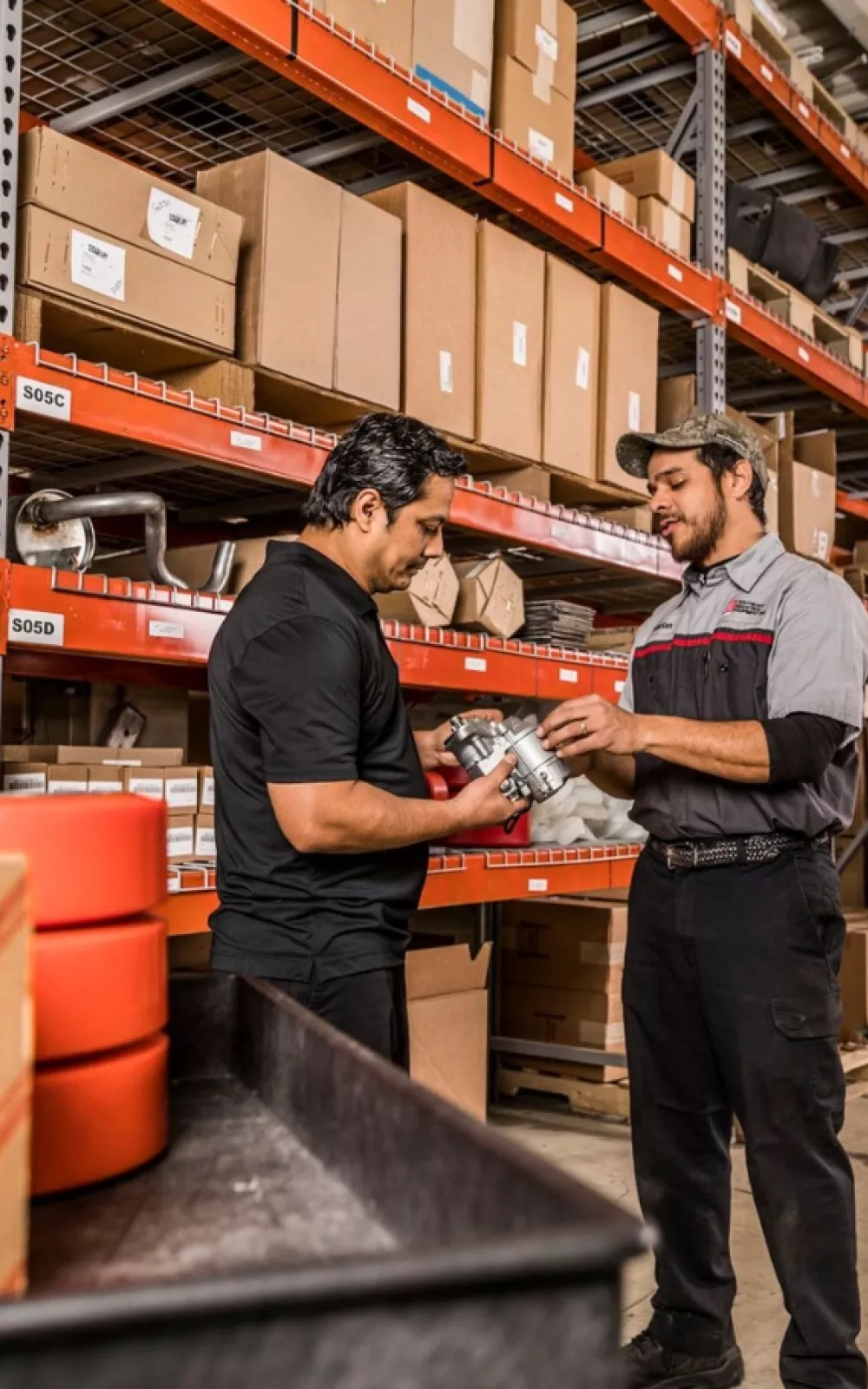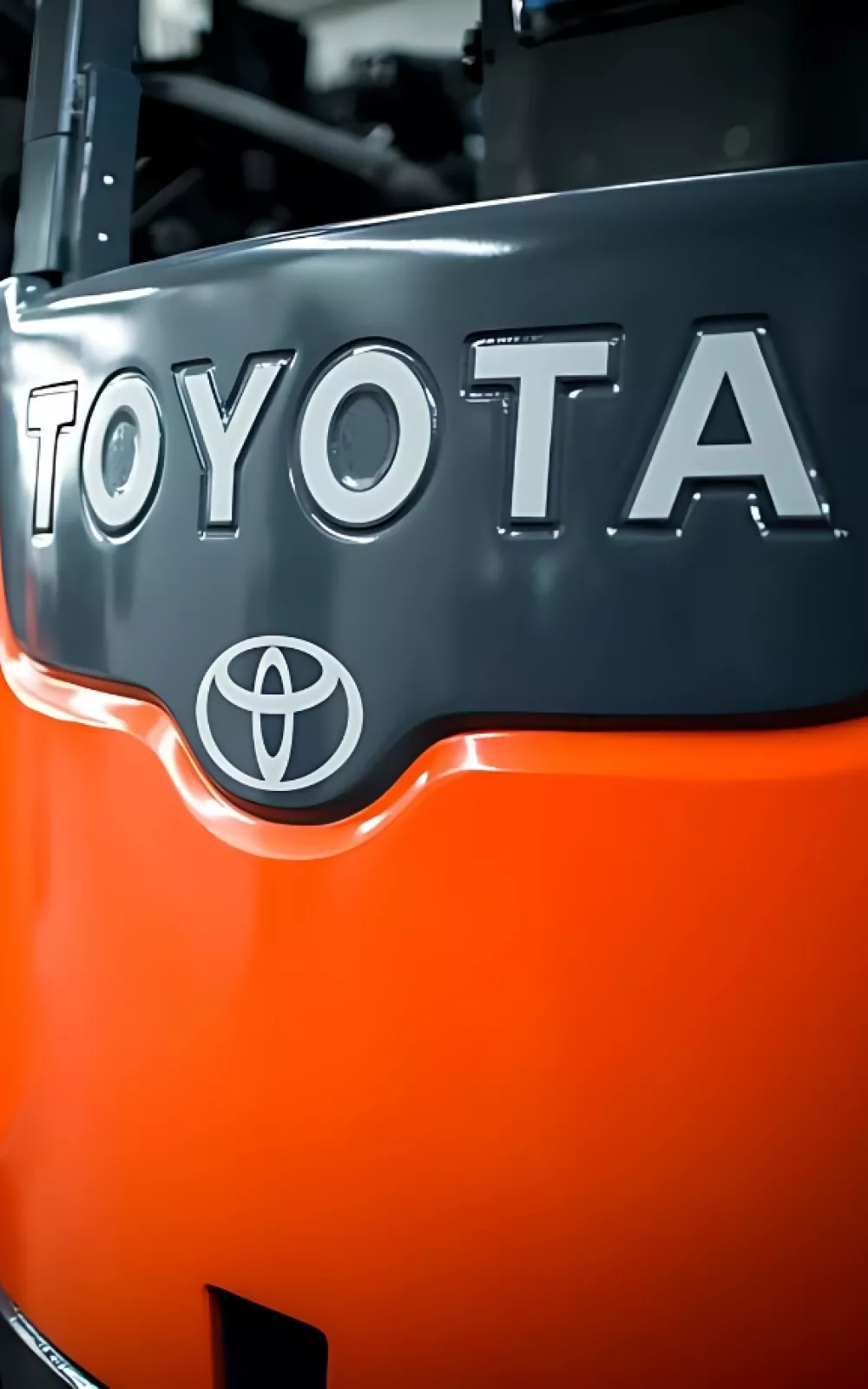Rent
ProLift offers daily, weekly, and monthly rentals. Find the right equipment for maximum productivity and safety.
Let us know how we can assist you! A ProLift specialist will connect with you to help with your material handling needs.

Explore the essential components that convert a forklift's mechanical energy into drive motion, ensuring smooth and efficient operation. From transmissions and torque converters to differentials and drive axles, understanding these parts is crucial for maintaining your equipment's performance. Delve into the intricacies of each component and learn how they work together to power your forklift.

Forklift drive components transfer mechanical energy from the power source into motion, enabling the forklift to move. These components adjust the engine's revolutions per minute (RPM) to an optimal speed, ensuring smooth and efficient wheel rotation. Here’s an overview:
A transmission is a set of gears, including a change gear and a drive shaft, by which power is transmitted from the engine to the wheels.

Start your search for available equipment and product lines with ProLift’s equipment finder. It helps you quickly identify the best solutions that match your criteria.
The drive axle is responsible for receiving RPMs from either the internal combustion (IC) transmission or the electric drive motor and adjusting them to power the wheels. It functions as both a structural component of the frame and a support for the upright. As the main cross member, the drive axle connects to the open end of the frame, securing its sides. In some forklifts, the upright is mounted on the drive axle, which, due to its heavy-duty, hardened-metal casing, can support the full weight of loads.
The differential, a key component within the drive axle of both electric and internal combustion (IC) forklifts, is a system of gears that allows one wheel to rotate faster than the other. This function is essential when turning, as the inner wheel travels a shorter distance than the outer wheel. To maintain smooth operation, the differential adjusts the speed of each wheel independently, preventing the outer wheel from slipping, which could cause the forklift to skid outward. By distributing power separately to each wheel, the differential ensures stable traction and controlled movement during turns.
Forklifts are equipped with various braking systems, with most relying on hydraulic pressure from a master brake cylinder connected to the brake pedal. Some models feature a vacuum or hydraulic power assist system to reduce the effort required to apply the brakes. Additionally, air brakes are commonly used on larger trucks for enhanced stopping power.
In the event you are unhappy with the equipment you purchased from ProLift after one year’s use, we will simply buy it back for the original purchase price less two thirds of our normal rental rate.
Forklift tires are included as drive components and may be classified into these basic groups:
Contact ProLift with your questions about forklift drive components! Our team can also support you with replacement parts, regular maintenance and additional service.
From equipment and maintenance to replacement parts and safety training, ProLift offers you 360 support. We can also assist you with pallet racking and additional warehouse solutions. Let us know how we can help!

ProLift is a full-service dealer specializing in forklifts and material handling solutions. Tell us how we can help you achieve results at your facility.
ProLift is a full-service dealer specializing in forklifts and material handling solutions. Let us know how we can assist you, and a specialist will be in touch to help.

Let us know how we can assist you! A ProLift specialist will connect with you to help with your material handling needs.
